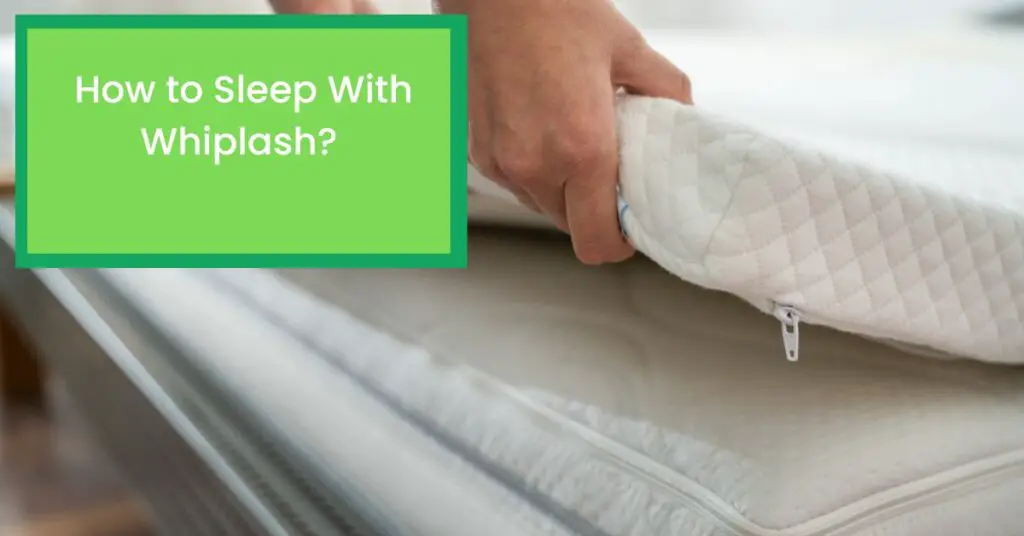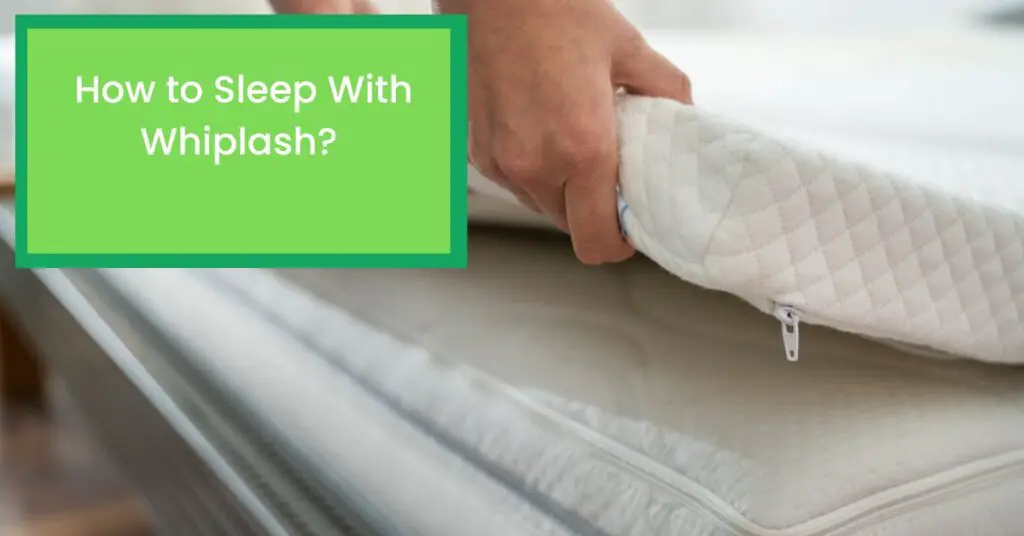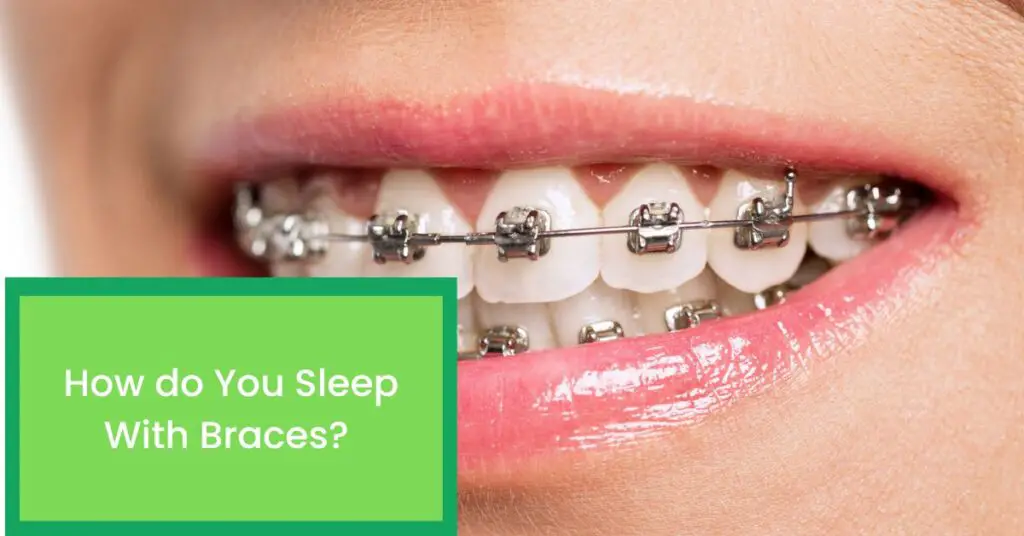Do you often find yourself tossing and turning at night, unable to get comfortable? Or wake up with a stiff neck and shoulders?
If so, you may be suffering from whiplash. Most people are looking for the right advice on how to sleep with whiplash.
If you have whiplash, it’s important to sleep in a position that doesn’t put stress on your neck.
One way to do that is to sleep on a pillow that supports your neck. You can also try sleeping with a small rolled-up towel or blanket tucked behind your neck.
In this article, we’ll give you some tips on how to sleep with whiplash. We’ll also discuss some of the things you should avoid doing if you have this condition.
What is Whiplash?
Whiplash is a neck injury that can occur when your head is suddenly and forcefully jerked forward or backward. The sudden movement can damage the soft tissues in your neck, including the muscles, tendons, and ligaments.
Car accidents most often cause whiplash, but it can also be caused by other types of trauma, such as a fall or a blow to the head.
Symptoms of whiplash may include neck pain and stiffness, headaches, dizziness, and fatigue. In some cases, people with whiplash may also experience numbness or tingling in their arms or shoulders.
If you think you have whiplash, it’s important to see a doctor right away. Whiplash can often be treated with simple home remedies, such as ice and over-the-counter pain medications.
However, in some cases, whiplash may require more aggressive treatment, such as physical therapy or surgery.
What is it Like to Sleep With a Whiplash?
It can be quite uncomfortable to sleep with a whiplash. The best way to sleep is on your back with a pillow under your head and neck.
You may also want to use an ice pack on your neck for the first few days. If you sleep on your side, put a pillow between your knees.
Try to avoid sleeping on your stomach. If you have difficulty sleeping, talk to your doctor about taking a sleep aid. Whiplash can be very painful, but it is important to rest so that you can heal.
Things to Avoid If You Have Whiplash
If you have whiplash, there are a few things you should avoid doing.
First, it’s important to avoid activities that require you to bend your neck forward or backward. This includes activities such as looking down at your phone or reaching for something overhead.
In addition, it’s important to avoid strenuous activities such as lifting heavy objects or exercising. These activities can put additional strain on your neck and spine and make your symptoms worse.
Also, it’s important to avoid wearing a collar, such as a necktie or a scarf. Wearing a collar can put unnecessary pressure on your neck and exacerbate your symptoms.
Finally, it’s important to avoid wearing a collar, such as a necktie or a scarf. Wearing a collar can put unnecessary pressure on your neck and exacerbate your symptoms.
Can You Sleep on Your Side With Whiplash?
Yes, you can sleep on your side with whiplash. It’s important to use pillows in a way that doesn’t put additional strain on your neck and spine.
If you sleep on your side, be sure to use different sizes of pillows that support your neck and head. You may also want to place a pillow in between your knees to avoid strain on your neck.
In addition, it’s important to avoid activities that require you to bend your neck forward or backward. This includes activities such as looking down at your phone or reaching for something overhead.
How Long Does it Take For You to Sleep As Usual After a Whiplash?
Most people who have whiplash will recover within a few weeks. However, some people may experience symptoms for months or even years after the accident. If you are having trouble sleeping after a whiplash injury, there are some things you can do to help yourself heal and get back to your usual sleep patterns.
Treatments For Whiplash
First, it is important to follow your doctor’s orders and take any prescribed medications. Pain medication can help to ease the pain of whiplash and allow you to sleep more comfortably.
If you are having trouble sleeping, you may also want to try using a pillow that supports your neck or sleeping in a reclining position.
Second, it is important to keep your mind and body active. Exercise can help to reduce pain and improve your overall health. Taking walks or doing other gentle exercises can also help you sleep better at night.
Finally, if you are still having trouble sleeping after a whiplash injury, there are some things you can do to ease your anxiety and stress.
Relaxation techniques such as yoga or meditation can help you to feel more calm and relaxed. You may also want to try reading or listening to soothing music before bedtime.
If you are still having trouble sleeping after a whiplash injury, talk to your doctor about other treatment options that may be available to you.
Frequently Asked Questions Related to Sleeping With a Whiplash
1. How do I sleep at night with whiplash?
If you’re struggling to sleep at night due to whiplash, there are a few things you can do to try and get some relief. One is to sleep on a neck pillow, which will help support your head and neck.
You can also try using a heating pad or ice pack on your neck for a short time before bed. Pain medication may also help ease the pain so you can fall asleep more easily.
If you’re still having trouble sleeping, it’s important to talk to your doctor about other potential options. Whiplash can be very painful and disruptive, so don’t hesitate to reach out for help if you need it.
2. Does whiplash get worse at night?
It is not uncommon for people who have whiplash to experience increased pain and stiffness at night.
This is because the body is usually at rest during this time, which allows the ligaments and muscles to tighten up and can aggravate the injury. Additionally, sleeping in a bad position can also worsen the symptoms.
3. What is the fastest way to cure whiplash?
The best way to treat whiplash is to ice your neck for the first few days. This will help reduce the pain and inflammation.
You can also take over-the-counter pain medication to help with the discomfort. If the pain does not improve after a few days, you may need to see a doctor for further treatment.
Sometimes, physical therapy or exercises are necessary to help strengthen the muscles in your neck. Rarely surgery is needed to correct the damage from whiplash.






